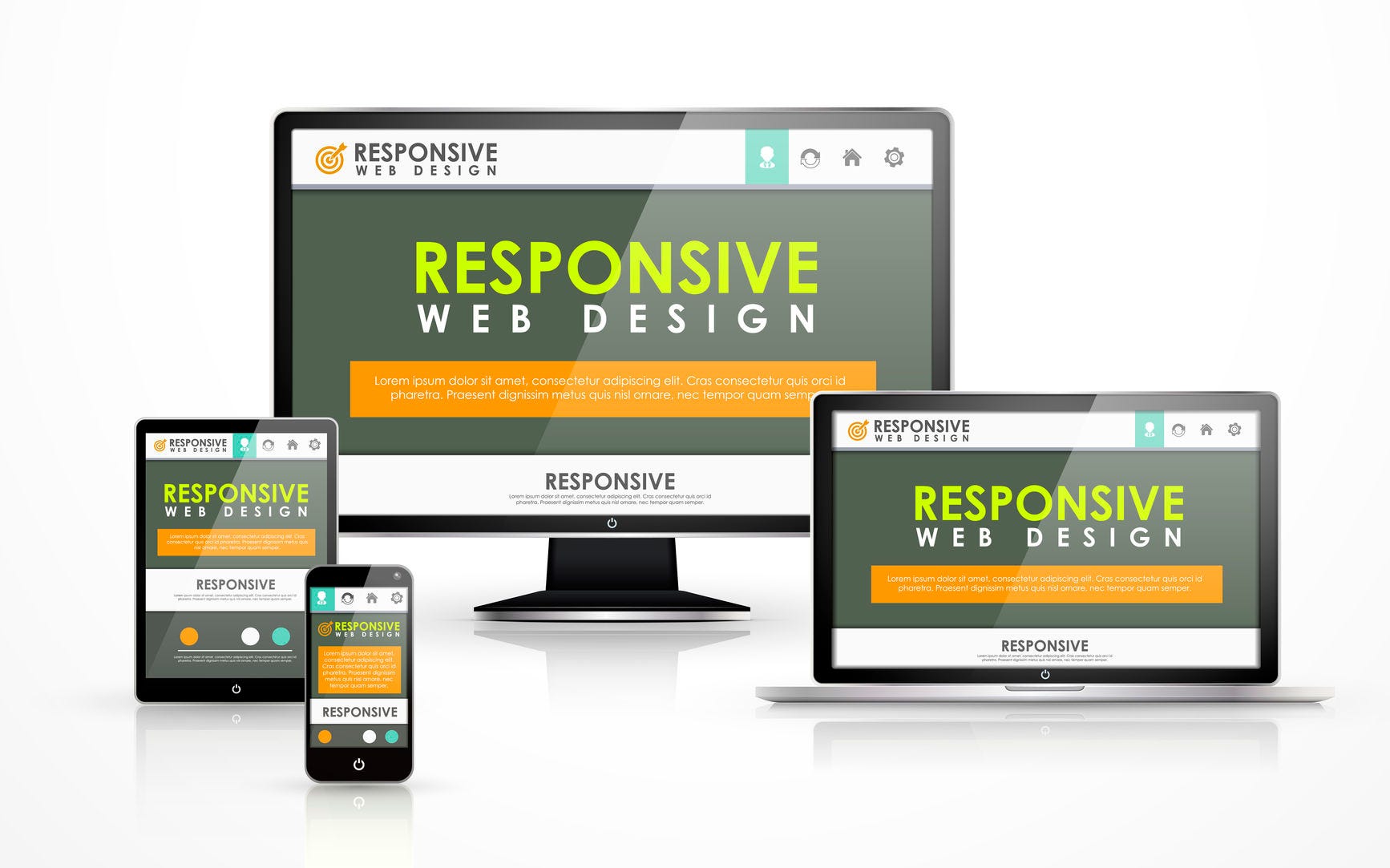Tablet and smartphone use is growing rapidly. This means that there is a huge paradigm shift in web design, and for digital agencies focused on keeping up-to-date with web design and development practices, there is a need to adapt to the growth in mobile website traffic. Mobile websites need to look, and function, just as efficiently as desktop websites.
Prior to the birth of modern responsive web design techniques, designers needed to create several different versions of a website and code each specifically for different web browser sizes. For example, creating a separate file of code that applies to Nexus tablet browser sizes, a separate file of code that applies to iPhone browser sizes, a separate file of code that applies to iMac Desktop browser sizes, and so on.
Additionally, since there are several different browsers — Google Chrome, Safari, Internet Explorer, Mozilla Firefox, Opera, etc.– it is necessary to design according to the levels of code support each browser offers. This requires the designer to create several design prototypes, developers to code all of those different designs, and the client to pay that much more per version. With the number of devices and browsers that currently exist, you can see how time-consuming and costly this ended up being. This is where responsive web design comes into play.

RESPONDING TO YOUR VISUAL NEEDS
Responsive web design (RWD) allows designers and developers to carry out multiple design styles with just one set of code. When coding a website, a developer creates one set of code that applies across different window sizes and browsers. In order to create this type of coding scheme, the developer has to make sure, among other thing, that all images and media are flexible, the columns or tables are movable, and elements can be hidden. The developer is able to achieve this by using dynamic sizing, specific CSS styles, and media queries.
When viewing the website on your desktop or PC, you can make the browser window bigger and smaller to see how the content changes in size and layout depending on the dimensions of the window. Also, if you view either site on your smartphone or tablet, the content will display differently as well. For a better understanding of RWD in action, a great working example to refer to is The Next Web’s site.
On the desktop version of The Next Web’s site, as shown in the image above, the content is spread out based on the amount of space it has to use. The screen size for this is 1280 x 1024, which is the average screen size of a laptop.
When viewing the site on a tablet, which has an average screen dimension of 1024 x 768, the content shifts according to the amount of space it has. The content still looks great, is very user friendly, and the shifted design eliminates the margins of blank space that you could see on bigger screens.
Thanks to responsive web design, when viewing this site on mobile, which has an average screen dimension of 320 x 480, all of the content can still be displayed in an orderly fashion. While the content is mostly all the same, it’s optimized to look aesthetically pleasing, no matter what you’re using to view it.
As each day goes by, technology evolves to make our lives more efficient and easier. As web developers, designers, or even strategists, we need to make it a point to keep track of all of the major changes that are happening with technology, and adapt to them to provide the user with the best possible web experience.
Responsive web design is one of the latest, and most important, design changes that is buzzing through the developing world and making cross-platform browsing seamless and beautiful.








![2021 CPA Exam Final Review Strategy [Don't Miss Out on Exclusive Tips!]](https://crushthecpaexam.com/wp-content/uploads/2016/11/CPA-Final-Review.jpg)


